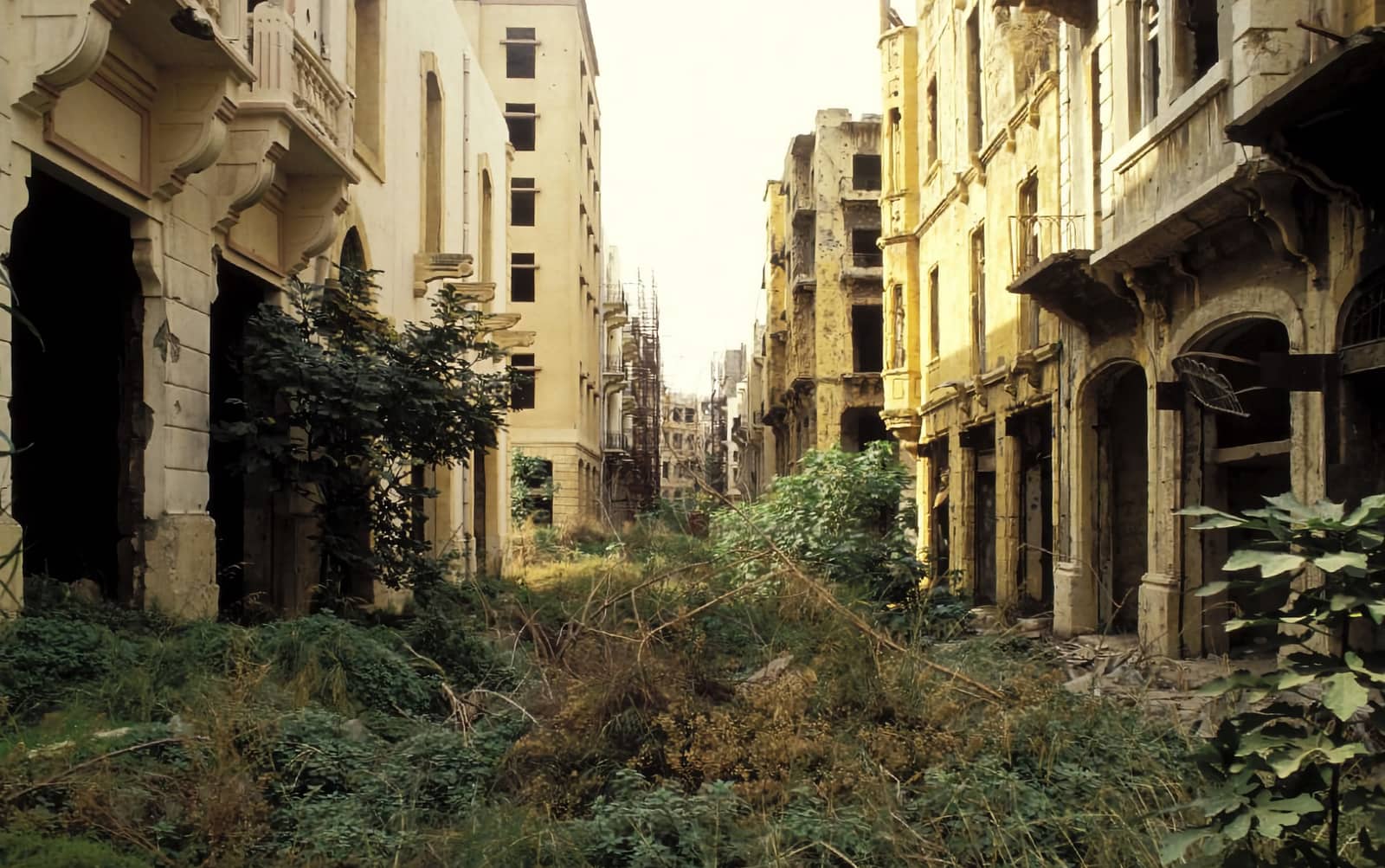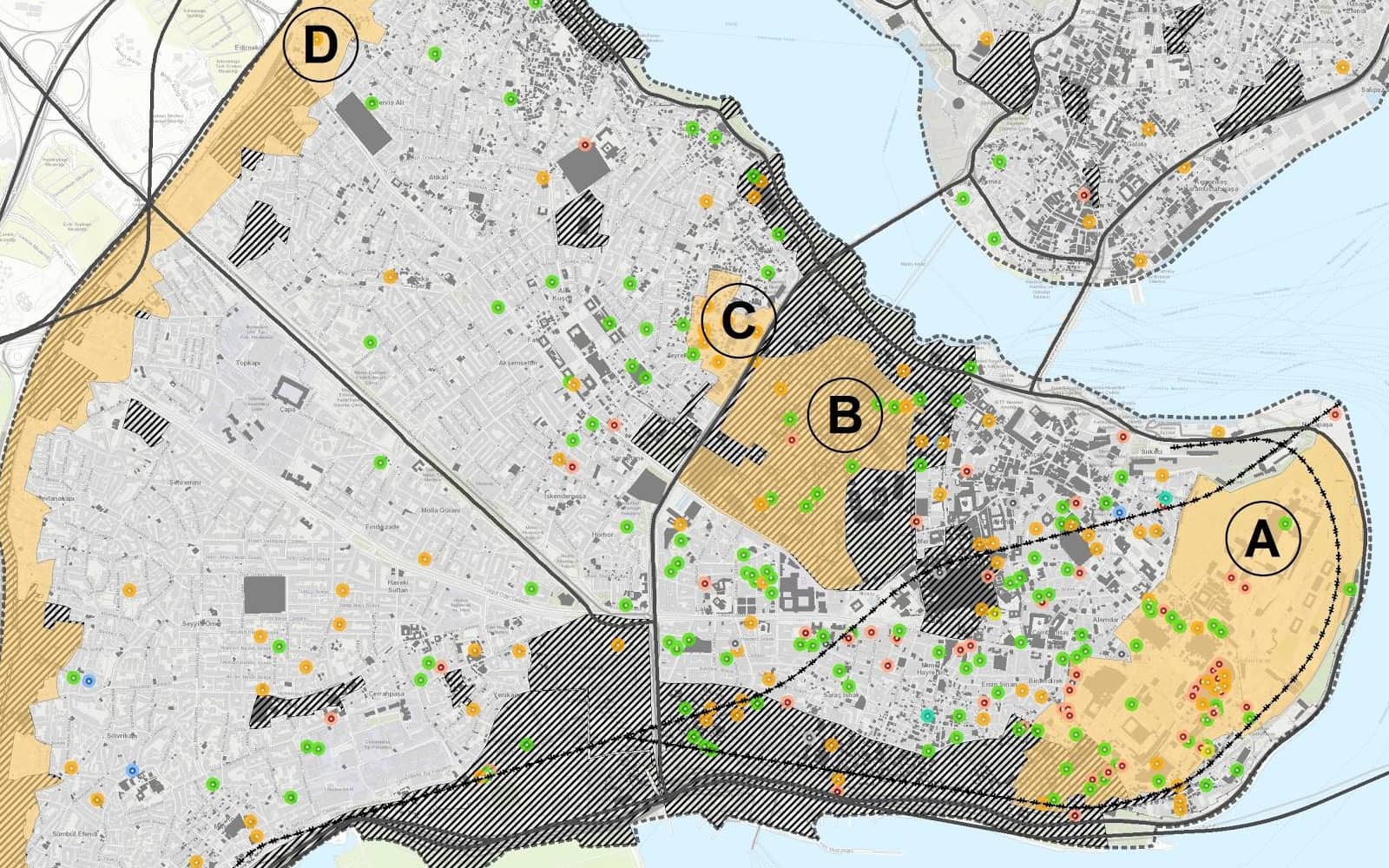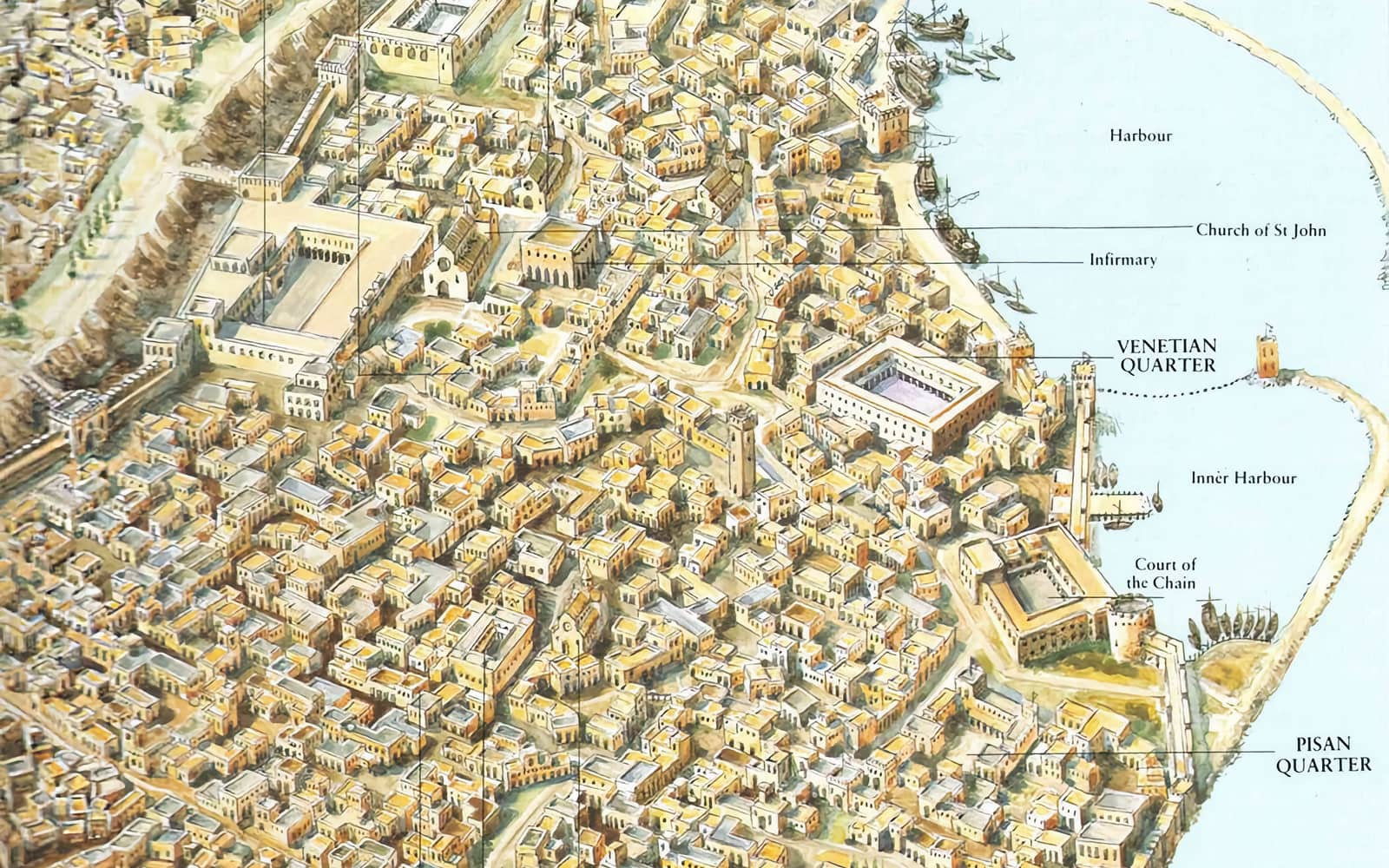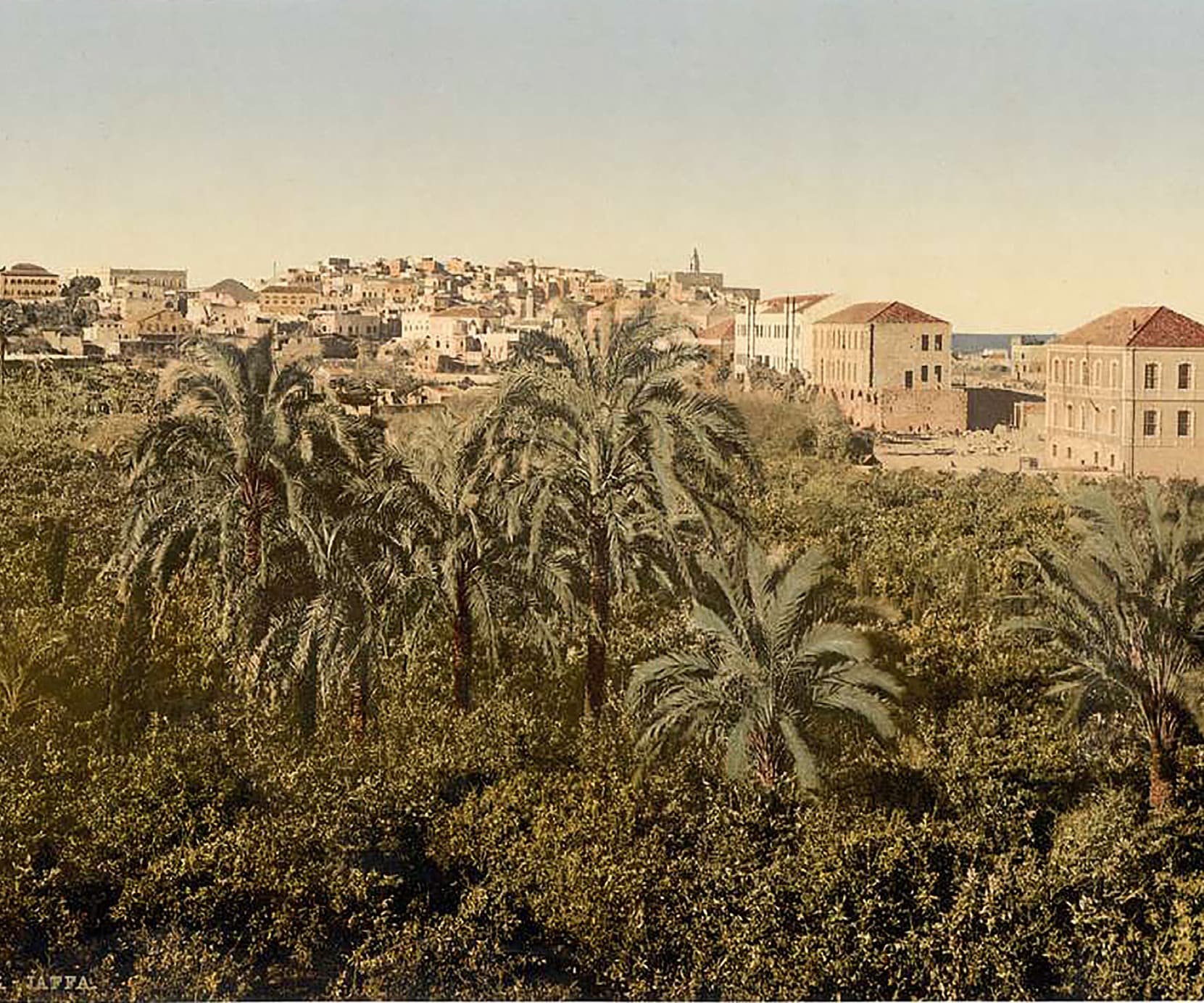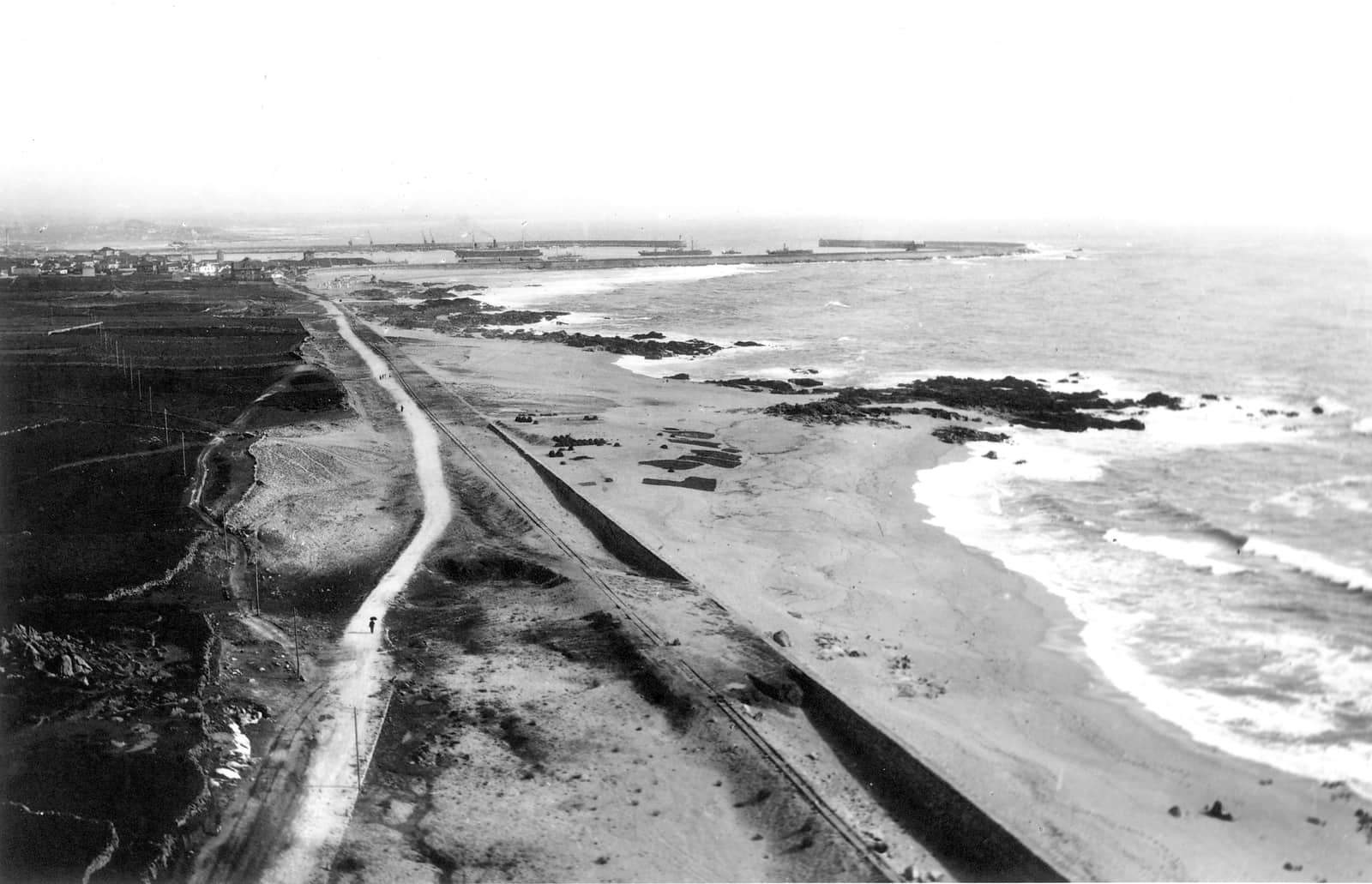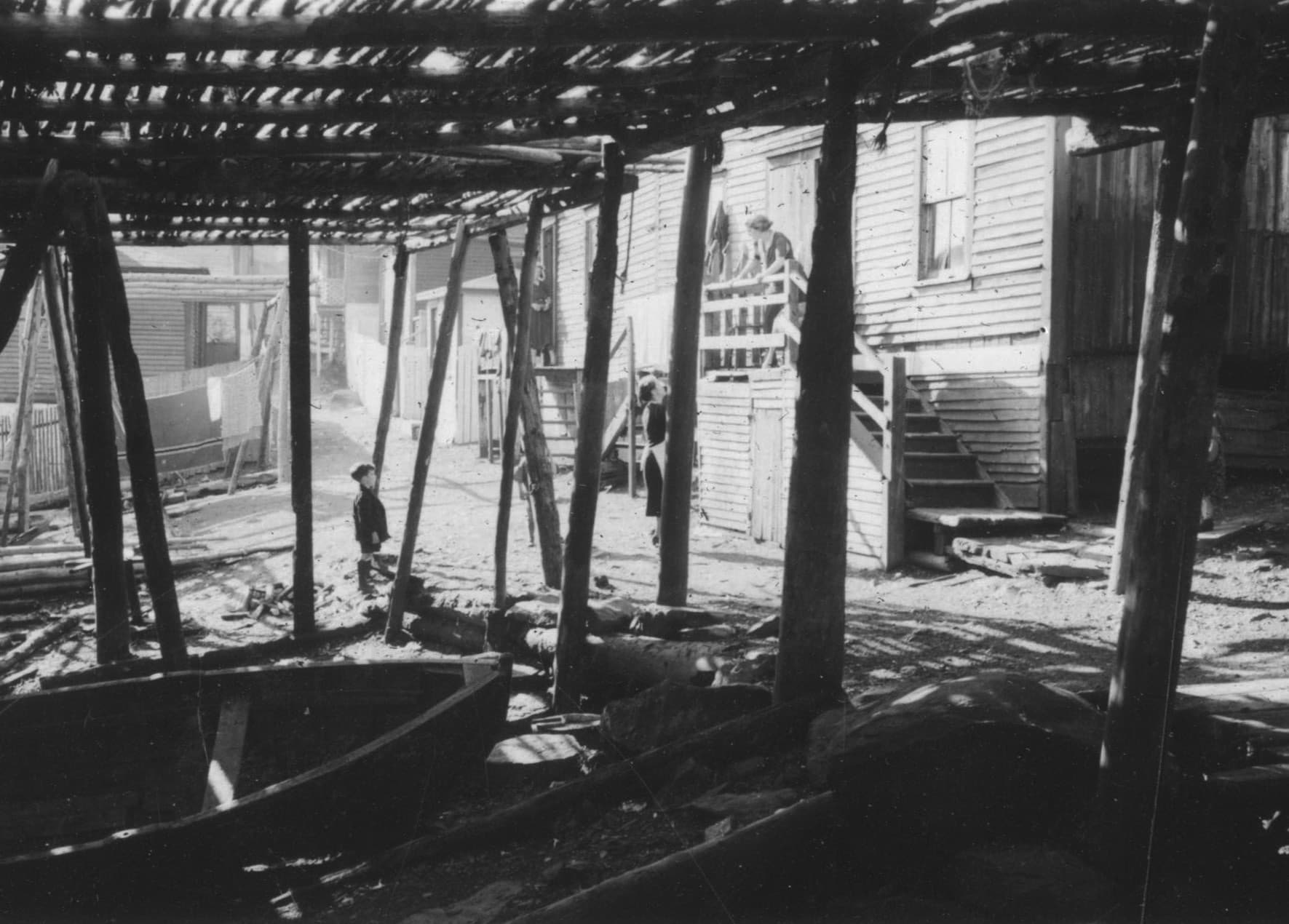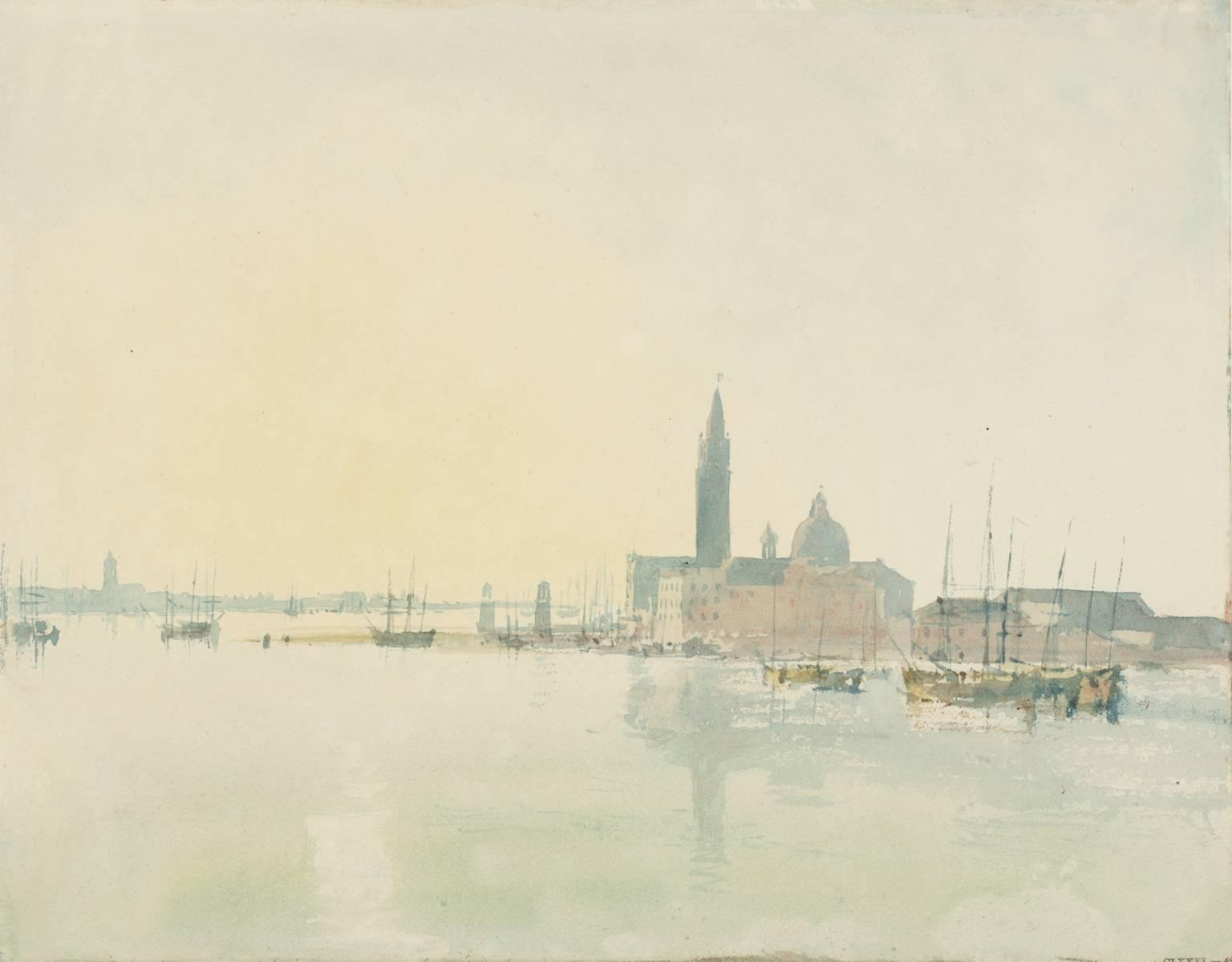
Eastern Mediterranean and Atlantic European cities
8 articles / 153 pages
ISBN 978-94-6366-441-7
Issue Editors
Fatma Tanış, TU Delft
Dr. Ir. Frank van der Hoeven, TU Delft
Prof.dr. Ir. Lara Schrijver, University of Antwerp
Editorial
-
Port cities have traditionally played an essential role in local and transnational networks. The spatial imprints of cross-border flows and socio-spatial interactions in port cities have left intertwined and entangled histories. However, the physical presence of these rich histories is not always visible.
Port cities have undergone a number of socio-spatial metamorphoses since the early 20th-century. A series of local and global events have triggered significant transformations, among these:
Globalisation
Natural and human-made disasters
...
Articles
-
The repeated destructions and reconstructions of Beirut have been widely acknowledged and conveyed from one generation to the next through different narratives, anecdotes, literature, and popular cultural productions. This paper describes the historical transformations of the city of Beirut from an old harbour city to a generic central district through a selection of dominant narratives, as well as alternative counter-narratives and anecdotes.
The paper argues that the post-civil war reconstruction project is submissive to the...
-
The aim of this study is to present arguments showing that on the port heritage area, underground cultural inventory should be considered from the historic landscape point of view within the framework of the conservation plans. This study focuses on the Yenikapı region, whose settlement history of the Historical Peninsula changed following the rescue excavation performed at the end of The Bosphorus Rail Tube Crossing Project (Marmaray). The area covering the Port of Theodosius, whose multi-layered urban formation started in the Neolithic period and which was one of the most significant...
-
Acre is a port city in the north-western part of Israel, with a history that goes back more than 4000 years. Being inscribed on the World Heritage List, the Old City of Acre preserves the urban and architectural elements of a historic town. Its outstanding value relies on the Crusader remnants preserved under the Ottoman city, showcasing the dynamism and continuous change of Mediterranean port cities. Moreover, the presence of various religions: Judaism, Christianity, Islam, and Bahai, adds to its complexity, expressed as monuments and religious sites that enrichen Acre’s cultural...
-
The material extant of the fortifications of Jaffa, the physical markers of memory, narrates the contrasting status and evolution of one of the oldest port towns in Israel: from grandiose to decline, from thriving multicultural neighbourhoods to immigrant communities over time, from town centre to marginalised significance and shifting centralities in the wake of political and economic events. Its town centre, propagating social interaction, existed through complex and evolving agricultural, industrial, and residential land uses. This port town bears a testimony to the dynamic and...
-
In this article, we seek to reconnect architectural history with social and industrial histories as a strategy for understanding the relationship between infrastructure, fishing, and urbanisation by studying the emblematic case of Matosinhos. This paper traces the formation of the port area and the process of its subsequent transformation with the development of the fishing and canning industries, to understand the relationship between urban planning, the architectures of production (infrastructures, industries, and urbanism) and the architectures of reproduction (housing), and the...
-
To what extent can a fish drive specific urban developments? This paper seeks to trace the links between fluctuations in the natural cod resources, the technologies used by fishermen to catch and process the fish, and the development of coastal landscapes and urban forms. The fishing port of Gafanha da Nazaré, near Aveiro on the River Vouga lagoon, is an example of the close relationship between the twentieth-century nationalist cultural construction in Portugal (in which cod fishing played a major role), the development of urban sprawls in new territories (independently from the old...
-
This article addresses the role and the importance of the 19th-century narratives and depictions of port cities in contemporary architectural design with a specific focus on paintings. In the last decades, cities the world undertook a large number of urban regeneration projects along waterfronts. In this way, vacant sites on waterfront areas became an opportunity to apply contemporary architectural design; however, many of those projects resulted in generic buildings failing to establish relationships with their landscape, environs, and the history of port cities. High-rise buildings,...
